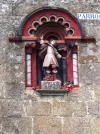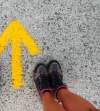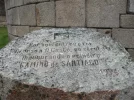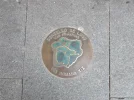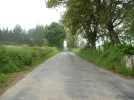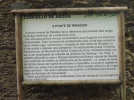Jonaskt
New Member
- Time of past OR future Camino
- Will be going to Nord.
Hi,
We are going on Camino del Norte in August. Any suggestions what should we take to sleep in. Is it necessary to carry a sleeping bag? What weather should we expect? Do we need a raincoat? Any advice you have will be appreciated.
Thank you in advance.
We are going on Camino del Norte in August. Any suggestions what should we take to sleep in. Is it necessary to carry a sleeping bag? What weather should we expect? Do we need a raincoat? Any advice you have will be appreciated.
Thank you in advance.








